Winter is Coming (No Surprise), But That Doesn’t Mean Remediation Projects Stop (or Even Slow Down!)
We last reported on the capabilities of winter remediation work back in November 2016. You can still read that newsletter here. Have things changed since then? Well, some things haven’t changed but some things have changed dramatically!
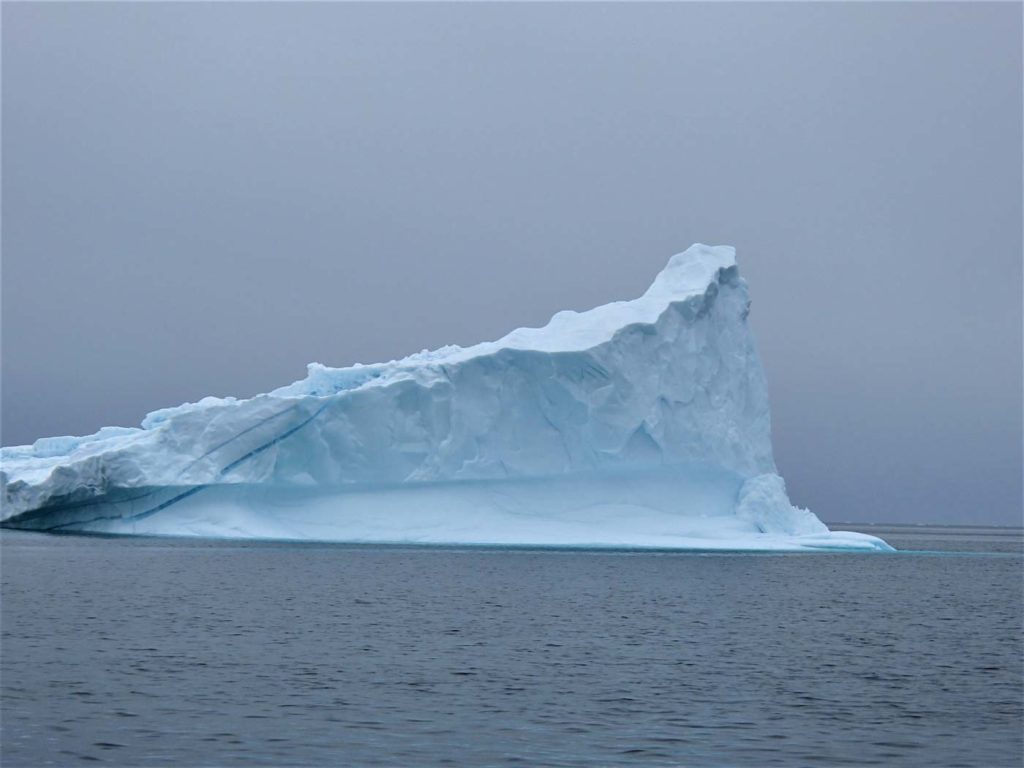
Some of our winter capabilities were developed from working in Greenland
What hasn’t changed is that we are still working year-round, including throughout the long, dark winter. Sure, some types of work are less commonly completed during winter months, like ex-situ bioremediation. But the lion’s share of the dewatering, treatment systems, High-Resolution Site Characterization and in-situ remediation projects we routinely complete can still be effectively and efficiently completed during winter months. Not surprisingly, our in-house bench-scale testing laboratory is also very busy this time of year running remedial feasibility studies and optimization tests for upcoming site work planned for the spring.
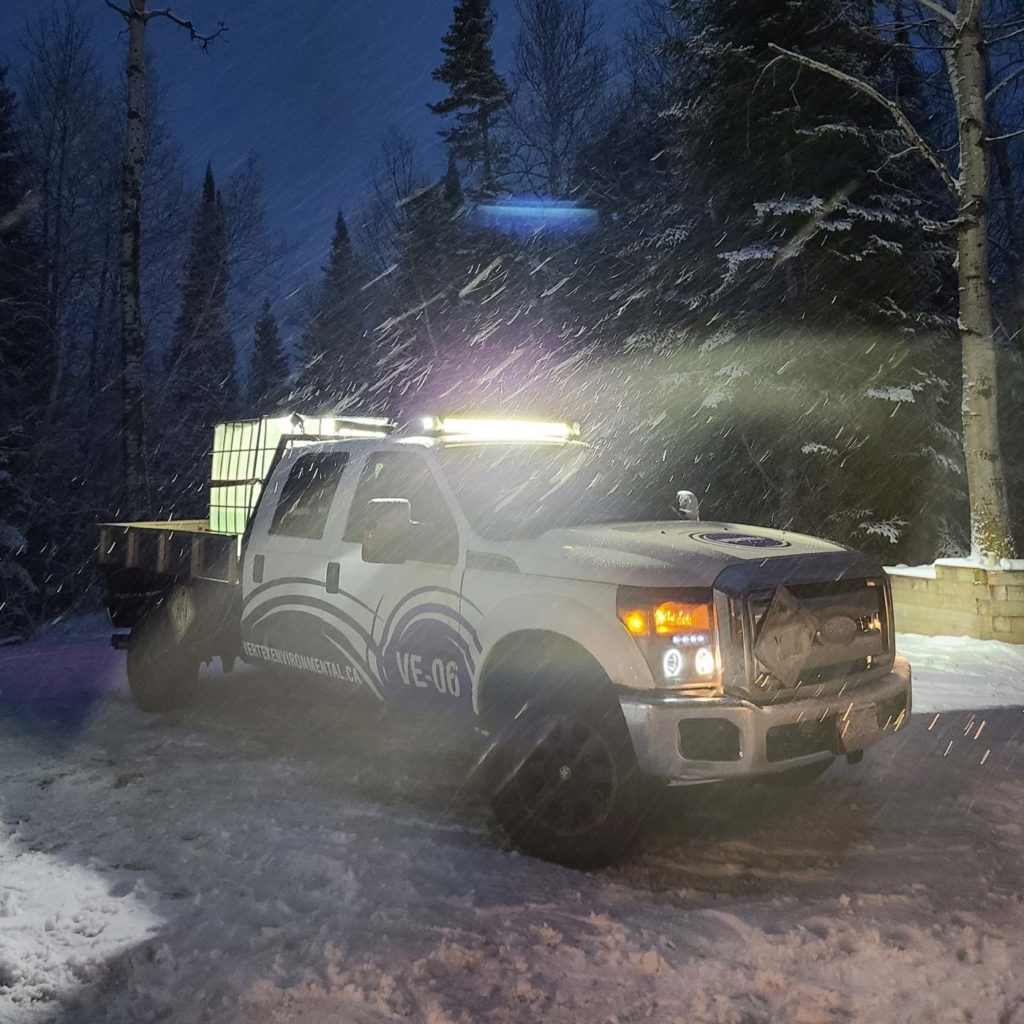
Our fleet of trucks and trailers are winter-ready
What has changed, however, is the amount of winter remediation work now routinely being completed. Vertex has spent many hours over the years ever improving our ability to perform remediation work in the winter. Specialized heat sources, insulated equipment and customized injection solutions have all been developed to make these seemingly challenging projects routine. As a result, during the period from 2016 to 2021, the amount of work we complete in the winter has quadrupled! This is a sure sign that the environmental industry is busier than ever, but also speaks to the ingenuity of us Canadians in adapting to the cold.
Here’s an interesting prediction from over sixty years ago that we previously shared:
“Canadians have, however, become so accustomed to winter construction activity that there is every indication that it will eventually equal in volume the work carried out in summer.”
– National Research Council, 1960
We may not be quite there yet, but we are getting pretty close.
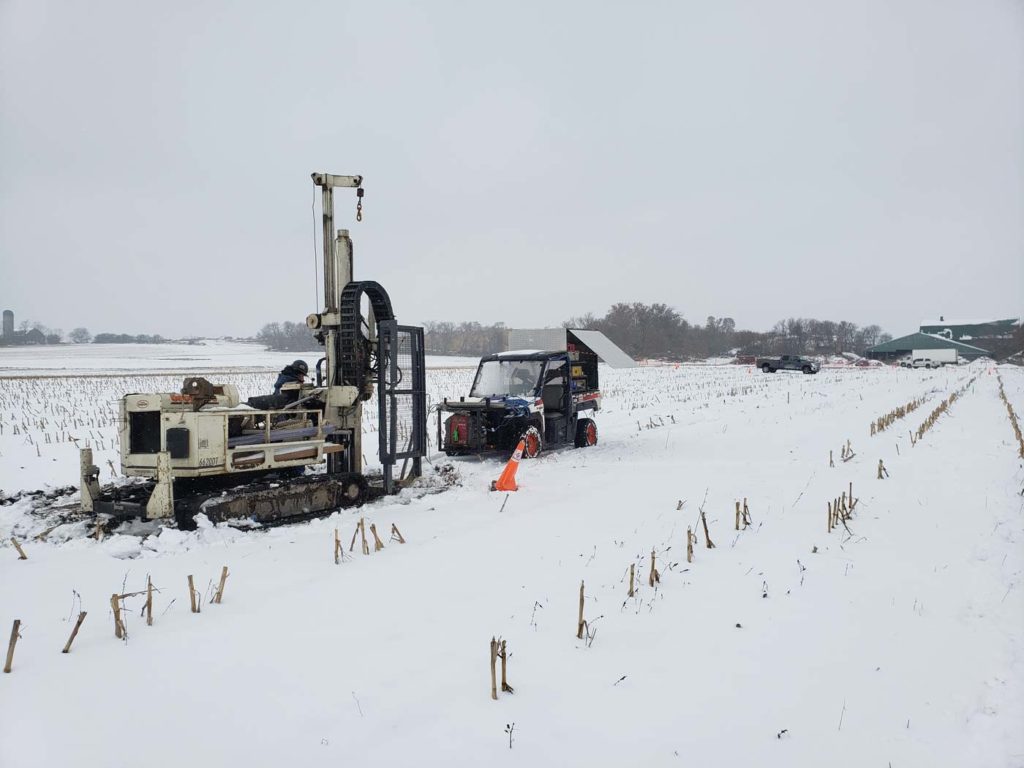
Most HRSC work can also be completed in the winter
The reasons behind this increasing trend in winter work are many. Much is driven by the pace of economic development in Canada, as well as the red-hot real estate markets, infrastructure spending, increased acceptance of environmental risk assessment and risk management, etc. But an important part relates to basic science.
You may recall that chemical and biological processes are temperature dependent. Contaminant degradation reactions happen faster at warmer temperatures and slower when it’s colder. But contaminated soil and groundwater treatment conducted more than 1.5 m below ground does not slow down during winter due to the relatively consistent ground temperature below the frost line. At depths relevant for subsurface remediation projects, at least in the more southern latitudes of Canada, the soil and groundwater temperature remains around 8 to 10ºC year round. As a result, chemical and biological treatment processes essentially continue at the same rate all year long. This is good news for all of those in-situ environmental remediation projects we are all busy working on!
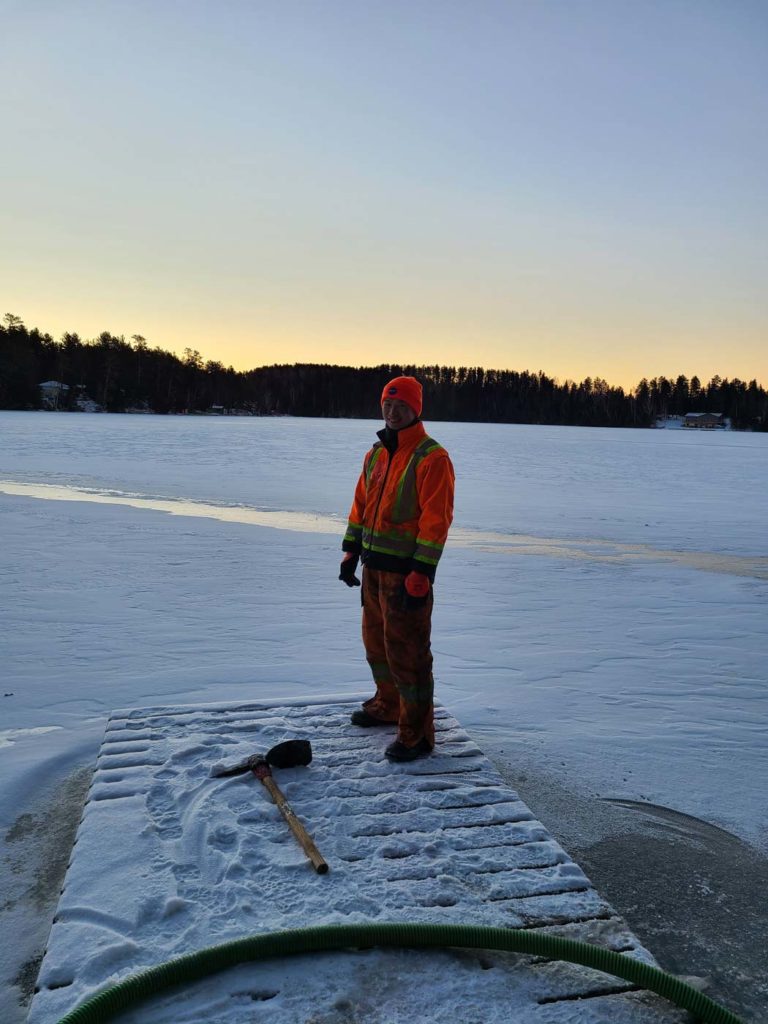
Sometimes on-site water supply can be a challenge though!
Throughout this newsletter we have included a series of photos from some of the more recent “interesting” projects where we’ve had to manage just about everything winter can throw at us. Hopefully these pictures have helped to reinforce the fact that remediation work is possible during the harsh Canadian winter months, even at remote locations. Therefore, there is no technical reason to delay that remediation project of yours until the spring. Together we can take advantage of that Canadian resiliency and ingenuity to move up your work schedule. Just give is a shout.
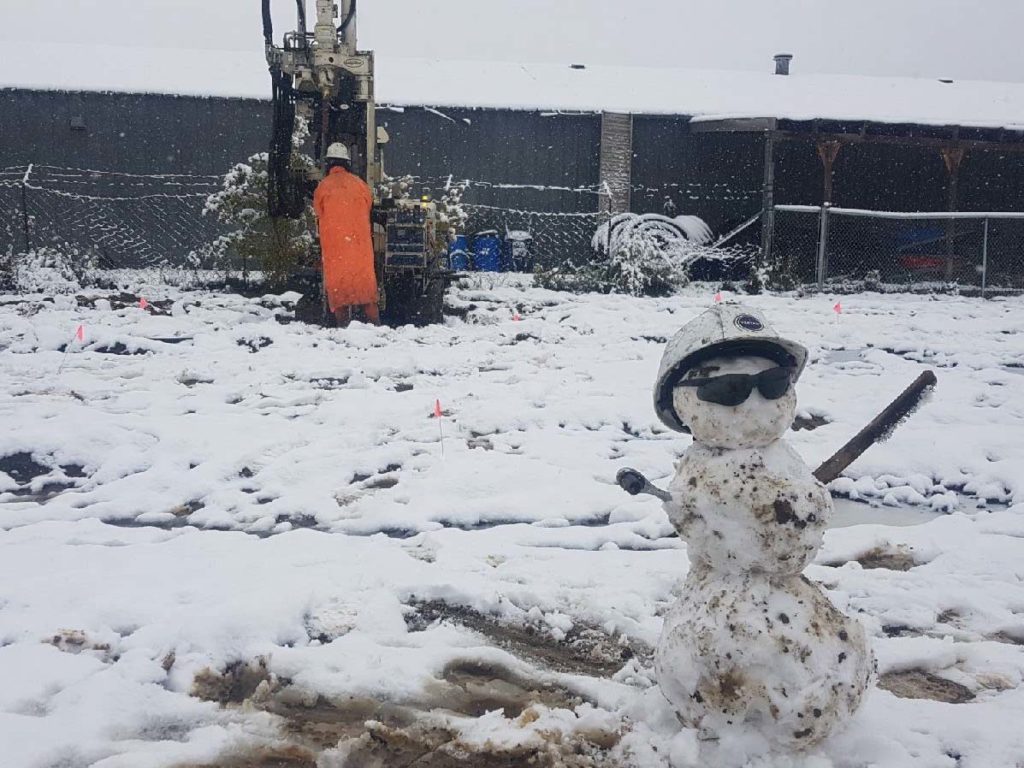
Have a safe winter. Stay warm. Work hard!

